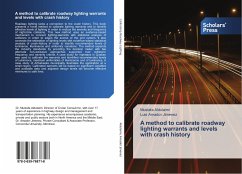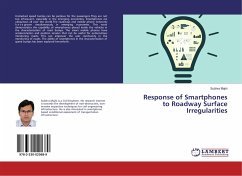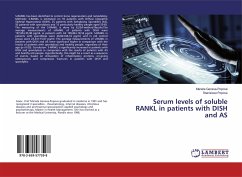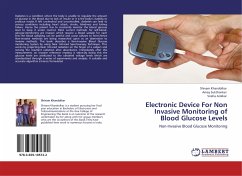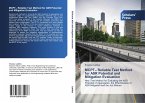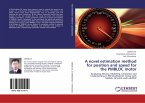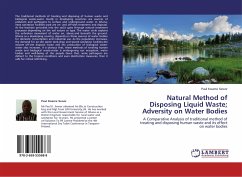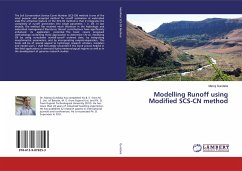Roadway lighting lacks a connection to the crash history. This book presents a novel method to calibrate lighting warrants and to identify effective levels of lighting in order to reduce the severity and frequency of night-time collisions. This new method uses an evidence-based mechanism to connect lighting-warrants with statistical analysis of collisions in order to adjust the scores of the grid system. It also connects the estimation of lighting levels with evidence-based statistical analysis of crash-history in order to identify recommended levels of luminance, illuminance and uniformity variations. The method expands the industry standards by providing the decision maker with two alternate non-exclusive approaches supported over collisions' frequency and severity criteria. A case study for highways in Quebec was used to calibrate the warrants and identified recommended levels of luminance, maximum uniformities of illuminance and of luminance. A case study of Arthabaska municipality illustrates the application at a small region. Calibrated warrants will be based on significant variables and available data and adjusted design levels will become effective minimums to safe lives.
Bitte wählen Sie Ihr Anliegen aus.
Rechnungen
Retourenschein anfordern
Bestellstatus
Storno

